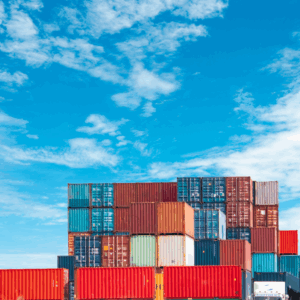
How Freight Shipping Works: From Pickup to Delivery
Freight shipping refers to the process of moving commercial goods by land, sea, or air through various carriers and logistics networks. Freight forwarding services act as intermediaries, organizing the most efficient routes and methods to get cargo from origin to destination. This involves booking transportation, handling documentation, managing customs clearance, and coordinating final delivery.
International freight shipping generally follows a standard flow: goods are picked up from the supplier or manufacturer, transported to a consolidation center, loaded onto a shipping vessel (or flight), and routed through customs before delivery. Freight forwarders coordinate this entire process, choosing between LTL (Less Than Truckload) shipping for smaller loads, FTL (Full Truckload) for larger dedicated loads, ocean freight for cost efficiency, or air freight for speed.
Understanding Freight Forwarder Price
Multiple variables influence freight forwarding pricing. These include shipping mode (air, sea, land), the dimensions and weight of the cargo, the origin and destination, and the level of service required. For instance, ocean freight tends to be cheaper but slower than air freight, while LCL shipping consolidates your shipment with others to save costs, making it ideal for smaller loads.
Additional charges may apply for fuel, warehousing, security, peak seasons, and special handling, such as refrigeration or handling hazardous materials. Also, customs clearance fees, tariffs, and taxes are calculated based on the value and type of goods. This is why transparent freight quotes are essential—hidden fees can disrupt budgets and delay deliveries.
With ExFreight, customers benefit from instant, online freight quotes that include all visible costs upfront. You can easily compare options and see the pricing breakdown for LTL, FTL, air, or ocean shipments. Our platform makes it easy to obtain a freight quote online, eliminating the need for lengthy email threads or guesswork.
FreightQuote Canada: A Tailored Shipping Experience
Canada presents unique opportunities and challenges in freight forwarding. Geographic spread, intermodal infrastructure, and customs regulations are critical factors. For Canadian exporters and importers, working with a logistics company that understands local conditions is crucial. ExFreight’s services for Freightquote Canada take these nuances into account.
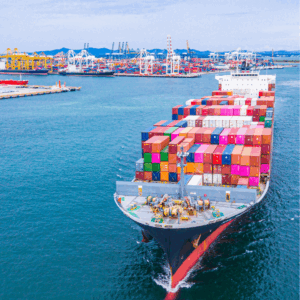
What sets our freight quote Canada apart is its accuracy and transparency. You receive a real-time quote that takes into account customs clearance, shipping rates, and delivery schedules. You also have access to local experts who ensure compliance with Canadian customs laws, making the process smoother for first-time or regular shippers.
Modes of Freight Transport: Ocean vs. Air vs. Ground
Freight forwarding services allow businesses to select the mode of transportation that best suits their timelines and budgets. Here’s how they compare:
- Ocean Freight: Ideal for non-urgent, heavy, or bulk goods. Costs are calculated based on CBM (cubic meter), making it cost-effective for large shipments. Common for LCL and FCL loads.
- Air Freight: Suitable for time-sensitive shipments, electronics, or perishable goods. It’s more expensive but significantly faster.
- LTL Shipping (Less-Than-Truckload): Designed for smaller shipments that don’t require an entire truck. Efficient for regional deliveries and e-commerce logistics.
- FTL Shipping (Full Truckload): Used for large shipments that fill an entire truckload. It provides direct delivery and reduces the risk of cargo damage.
Freight brokers and freight forwarders assist businesses in determining the optimal mix based on timing, cargo type, and destination. At ExFreight, our freight forwarding services analyze all these variables to suggest the most efficient solution.
Cost-Saving Tips for Freight Shipping
To lower freight shipping costs without sacrificing service quality, businesses can follow a few of the best practices:
- Consolidate shipments to benefit from LCL or groupage rates.
- Provide accurate cargo dimensions to avoid surprise charges.
- Select the appropriate Incoterms to determine who bears the costs at each stage of the shipping process.
- Use reusable and optimized packaging to reduce dimensional weight.
- Book early, especially during peak seasons when shipping rates rise.
Partnering with a logistics company that prioritizes transparent communication and data-driven planning—such as ExFreight—ensures that these practices are effectively implemented.
How does freight shipping work?
Freight shipping involves the transport of goods from one location to another via air, sea, or land. A freight forwarder organizes the logistics, including transportation booking, documentation, and customs clearance.
What factors affect freight forwarder prices?
Shipping mode, distance, cargo dimensions, weight, origin, destination, handling needs, and customs fees all influence prices. Seasonal demand and fuel surcharges can also affect costs.
How can I get a freight quote in Canada?
You can use ExFreight’s online quoting tool to get instant, transparent rates for LTL, FTL, and international freight shipping across Canadian routes.
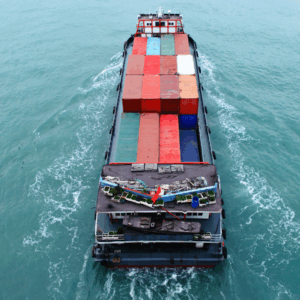
An express seaway bill confirms receipt and transport details of the cargo. Unlike a traditional bill of lading, it does not need to be presented to release cargo, speeding up delivery and reducing paperwork.
What is LCL shipping?
Less-than-container-load (LCL) shipping lets you share space in a container with other shipments. It’s ideal for small to medium-sized loads, helping to reduce costs.
How do air freight forwarder costs vary?
Air freight is typically priced by both kilograms and volume. Costs vary depending on the urgency, size, route, and handling requirements of the cargo.
Shipping Smarter with ExFreight
Understanding freight forwarder prices, how to get a reliable freight quote in Canada, and the general workings of freight shipping puts you in a stronger position to manage logistics effectively. With the right strategies and a trusted logistics company, businesses can optimize delivery, control costs, and improve their supply chain management.
ExFreight simplifies the process with real-time quotes, clear documentation support, and tailored services for every freight need—from LTL and FTL to air and ocean freight. Whether you’re shipping across Canada or globally, we provide the tools and expertise to ensure every shipment is a success.
Ready to take control of your logistics? Visit ExFreight’s platform and get your first shipping quote online today.


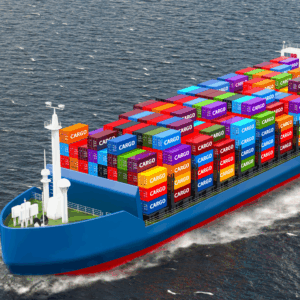
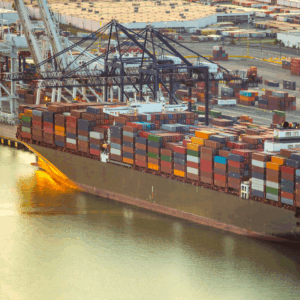
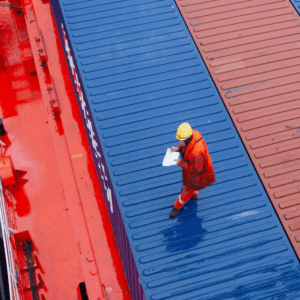

Leave A Comment
You must be logged in to post a comment.